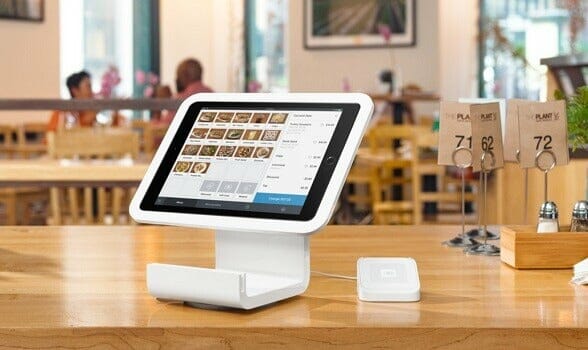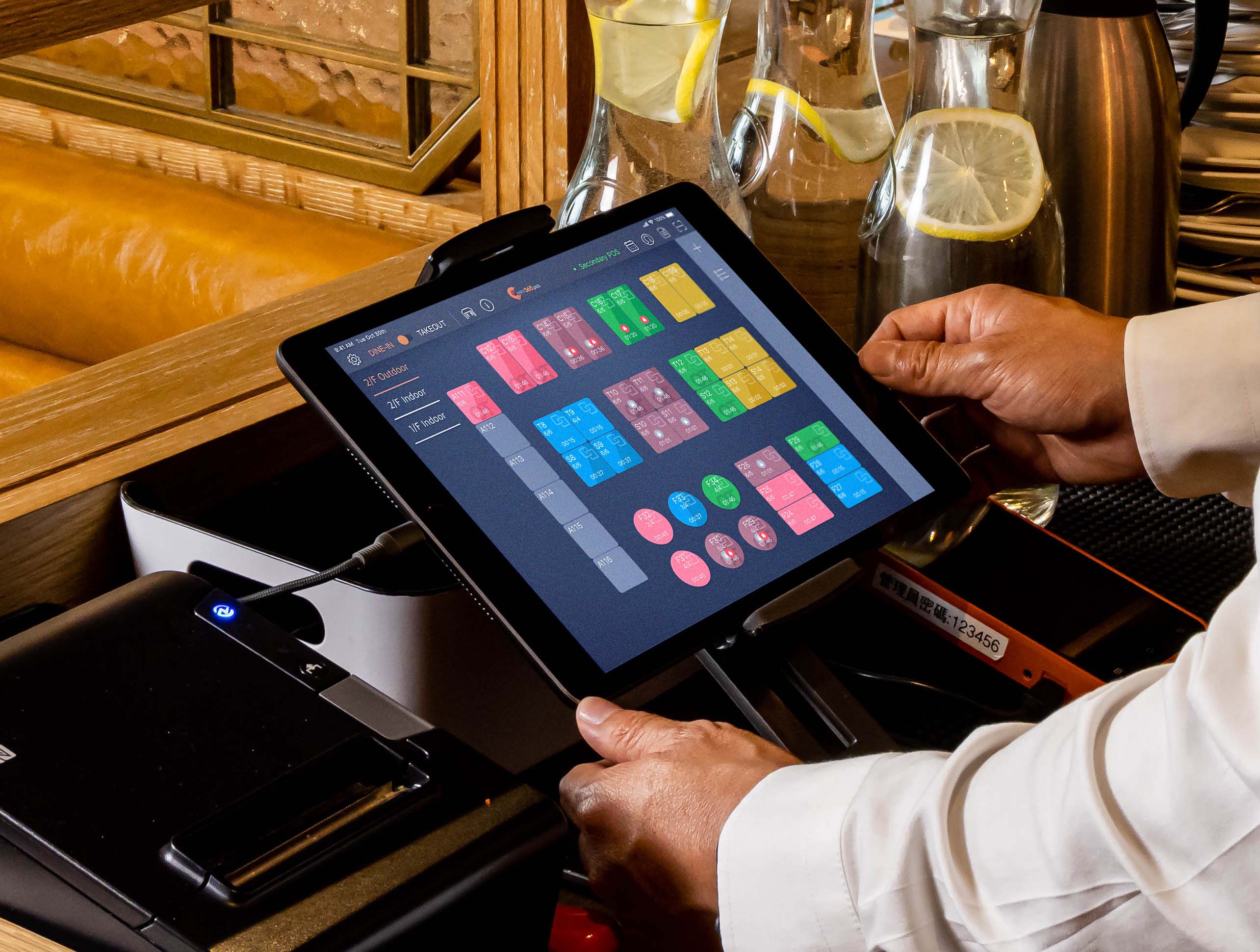Exactly How POS System Functions: A Comprehensive Guide for Entrepreneur
A POS system acts as a crucial device for modern businesses, integrating various elements to improve procedures. It includes hardware like barcode scanners and software program to buy monitoring. This system not only processes purchases yet likewise manages inventory and evaluates client habits. Comprehending its capability can greatly impact a company's performance and decision-making. What are the key aspects that add to this performance? Checking out these parts uses valuable insights.
Recognizing the Components of a POS System
A Point of Sale (POS) system is made up of numerous vital components that interact to assist in transactions and take care of company procedures. At its core, the hardware includes gadgets such as a sales register, barcode scanner, invoice printer, and payment incurable, all necessary for processing sales (Restaurant POS Software). The software part takes care of supply, sales monitoring, and consumer information, giving useful insights for business decisions.Additionally, data sources save deal documents and client info, making sure information stability and safety. Network connectivity allows real-time updates and access to cloud-based services, improving functional effectiveness. Interface, created for ease of usage, permit team to browse the system rapidly, reducing training time. Together, these components create a natural system that simplifies the sales process, enhances customer support, and aids in reliable monitoring of organization resources. Understanding these parts is important for service owners seeking to enhance their POS systems
Exactly How Sales Deals Are Refined
When a client chooses to buy, the sales transaction launches a collection of organized actions within the POS system. The cashier inputs the items being purchased, which are checked through a barcode reader or by hand gotten in. This action retrieves product details, including prices and appropriate tax obligations, from the system's database.Next, the customer is presented with the overall quantity due. The POS system then refines the repayment, whether through cash money, charge card, or mobile payment approaches. For digital repayments, the POS securely interacts with payment cpus to authorize and validate the transaction.Once the settlement is validated, the system produces an invoice, which can be published or sent electronically. This invoice serves as receipt for the consumer. The purchase information is videotaped in the system, making certain exact sales documents and economic monitoring for the business.
Inventory Administration and Tracking
Reliable inventory management and tracking are vital parts of a POS system, as they ensure that businesses keep excellent stock levels and reduce inconsistencies. A durable POS system enables for real-time inventory updates, mirroring sales and returns immediately. This makes it possible for entrepreneur to monitor supply levels precisely, ensuring that popular products are readily offered while stopping overstocking of less preferred products.Additionally, advanced POS systems supply attributes such as automatic supply signals and reorder tips, enhancing the procurement procedure. Barcoding and RFID technology boost precision in tracking stock movement, reducing human mistake. Extensive coverage devices give understandings into inventory turn over rates, assisting businesses make educated choices concerning purchasing and product offerings. Ultimately, efficient supply management through a POS system not just improves functional effectiveness yet additionally boosts customer contentment by guaranteeing item schedule.

Evaluating Consumer Information and Insights
Customer information evaluation works as an effective tool for organizations using a POS system. By accumulating and analyzing deal information, businesses can discover beneficial understandings about client habits and choices. This evaluation allows them to identify purchasing patterns, peak buying times, and preferred items, thereby notifying stock choices and marketing strategies.Additionally, services can sector their customer base, permitting individualized marketing efforts that accommodate specific demographics or purchasing behaviors. Comprehending consumer commitment patterns additionally aids in creating targeted promos and incentives programs.The data gleaned from a POS system can also reveal insights into linked here client responses, making it possible for businesses to make informed choices pertaining to item offerings and solution enhancements. Ultimately, leveraging customer information effectively can boost the overall shopping experience, foster customer contentment, and drive revenue growth.
Advantages of Implementing a POS System
Executing a POS system provides numerous benefits that can substantially boost company procedures. To start with, it enhances purchase processes, decreasing delay times and improving consumer complete satisfaction. By automating sales procedures, companies can decrease human error and assurance exact record-keeping. Furthermore, a POS system gives important information analytics, enabling owners to track sales patterns and supply levels in real-time. This understanding sustains informed decision-making, assisting to maximize stock administration and advertising and marketing strategies.Moreover, numerous POS systems integrate with various click to investigate other company tools, such as audit software program, simplifying financial administration. Enhanced worker management attributes, such as tracking hours and performance, more add to operational efficiency.Lastly, the application of a POS system can result in raised earnings through improved customer experiences and strategic insights, ultimately fostering business development and sustainability.
Regularly Asked Inquiries
What Kinds Of Businesses Can Gain From a POS System?

Just how much Does a POS System Usually Cost?
The expense of a POS system commonly ranges from a few hundred to numerous thousand dollars, depending on features, equipment, and software program - Restaurant POS Software. Organizations should think about recurring fees for maintenance, support, and transaction processing when budgeting

Can I Incorporate a POS System With Existing Software?
Incorporating a POS system with existing software application is typically practical. Lots of systems provide APIs or built-in compatibility attributes, enabling companies to streamline procedures and enhance functionality by linking numerous software program applications properly.
What Training Is Needed for Staff to Use a POS System?
Training for team to utilize a POS system generally consists of understanding software program functionalities, refining deals, taking care of stock, and dealing with consumer interactions - Restaurant POS Software. Practical demos and hands-on method sessions enhance effectiveness and self-confidence in read operation the system properly
What Occurs if the Net Goes Down While Making Use Of a POS System?
If the internet drops during POS system usage, purchases might be interrupted. Numerous systems supply offline capabilities, permitting basic operations to proceed, but full capability, including real-time inventory updates, will be limited.